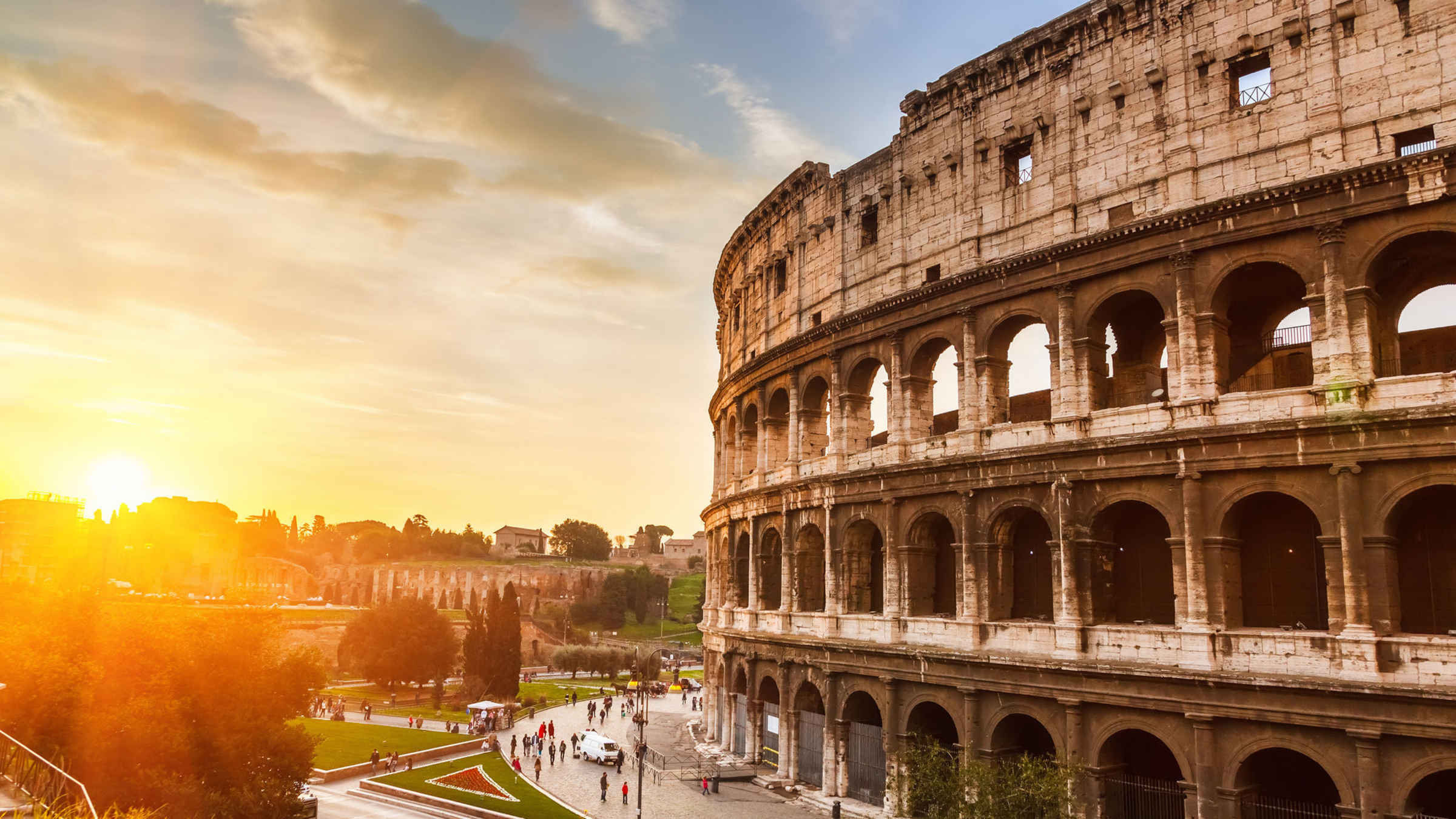Gdansk 1 Hour Guided Tour through the Heart of the Old Town
Overview
This is not a boring history lesson, but a journey full of passion, energy and extraordinary stories! You'll be comfortably seated, feeling the refreshing breeze, and I'll show you Gdańsk like you've never seen it before. No walking, no rush – just you, the city, and memories that'll last a lifetime.
What's Included
- Entrance to St. Bridget's Church
- Tea and coffee Coffee and/or Tea
- Meals
- Carbonated beverages Soda/Pop
Meeting Location
Długi Targ
80-828 Gdańsk, Poland
Detailed check-in instructions, including the exact address, are provided with your booking confirmation.
This activity ends back at the meeting point.
What To Expect
The Gdansk Shakespeare Theatre
1 minute • Admission Ticket Free
Brama Wyzynna
2 minutes • Admission Ticket Free
Prison Tower
5 minutes • Admission Ticket Free
Gdansk Katownia
3 minutes • Admission Ticket Free
Golden Gate (Zlota Brama)
3 minutes • Admission Ticket Free
Millenium Tree
1 minute • Admission Ticket Free
Wybrzeze Theatre (Teatr Wybrzeze)
2 minutes • Admission Ticket Free
Baszta Slomiana (Strohturm)
2 minutes • Admission Ticket Free
Great Armoury (Wielka Zbrojownia)
2 minutes • Admission Ticket Free
Jan III Sobieski Monument
1 minute • Admission Ticket Free
St. Mary's Church
2 minutes • Admission Ticket Free
Zuraw miniatura
2 minutes • Admission Ticket Free
Karuzela Gdanska
1 minute • Admission Ticket Free
Museum Of The Second World War
2 minutes • Admission Ticket Free
Motlawa River Embankment (Dlugie Pobrzeze)
2 minutes • Admission Ticket Free
Wyspa Olowianka (Pass By)
Gdansk Shipyard
10 minutes • Admission Ticket Free
Museum of the Polish Post Office - Museum of Gdansk
3 minutes • Admission Ticket Free
Bunkier
1 minute • Admission Ticket Free
St. Catherine's Church (Kosciol Sw. Katarzyny)
2 minutes • Admission Ticket Free
St. Bridget's Church (Kosciol sw. Brygidy)
15 minutes • Admission Ticket Free
Gdansk
2 minutes • Admission Ticket Free
Most Chlebowy - "Most MiloSci"
1 minute • Admission Ticket Free
Gdansk (Pass By)
Heweliusz Monument
2 minutes • Admission Ticket Free
Neptune's Fountain (Fontanna Neptuna)
5 minutes • Admission Ticket Free
Additional Info
- Confirmation is instant and will be received at time of booking
- Wheelchair accessible
- Transportation options are wheelchair accessible
- Service animals allowed
- Public transportation options are available nearby
- Suitable for all physical fitness levels
- Infants and small children can ride in a pram or stroller
- Infants are required to sit on an adult’s lap
Frequently Asked Questions
(6)Q: What is the cancellation policy for the Gdansk 1 Hour Guided Tour through the Heart of the Old Town?
Cancellation Policy
Still have questions?
We're here to help.
Activity code: C-5563012P1
Reviews
Average 5.00 out of 5 stars based on 4 traveler reviews collected by City Boat Tours and partner sites such as Cool Destinations and TripAdvisor
Additional Info
Similar Tours & Activities

Gdansk’s Historic Treasures: A Private Walking Tour
$329.41

Gdańsk: Food Tasting Tour of Polish Cuisine and Dumplings
$85.47

Jewelry Making Workshop with Amber
$142.07

Explore Gdansk in 60 minutes with a Local
$81.76
Travelers Who Bought This Tour Also Bought




Gdansk Guided City Cruise on Historical Polish Boat
$22.47







